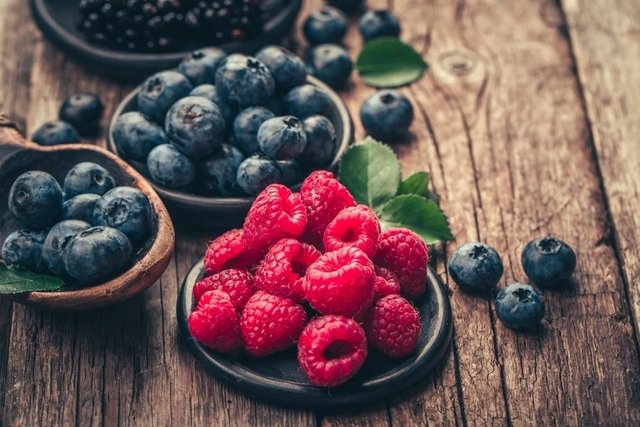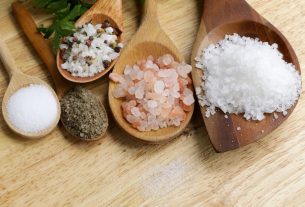Tannin is a phenolic compound found naturally in various parts of plants, such as the bark, roots and leaves of trees, and in various fruits and vegetables, and is characterized by its bitter and astringent flavor.
Because it has antibacterial, antioxidant and anti-inflammatory properties, tannin promotes several health benefits, such as helping to treat ulcers and gastritis, and preventing diseases such as atherosclerosis, diabetes and cancer.
Tannin is found naturally in foods such as raspberries, strawberries, blueberries, pomegranates, grapes, cocoa, coffee and wine. In addition, the industry also uses tannin to produce some food colorings and paints.

What is it for
Tannin promotes many health benefits, including:
1. Helps prevent the onset of cancer
Because it has antioxidant properties, tannin helps neutralize free radicals, preventing the growth of malignant cells and helping to prevent the onset of cancer. Check out other foods that help prevent cancer.
2. Reduce blood pressure
Tannin has an antioxidant and vasodilating action that improves the health of the arteries and promotes blood circulation, helping to reduce blood pressure, and is therefore important to prevent and complement the treatment of high blood pressure. See a list of foods that reduce high blood pressure.
3. Lower cholesterol
Due to its antioxidant activity, tannin prevents the oxidation of fat cells, reducing levels of “bad” cholesterol, LDL, in the blood and preventing heart problems such as atherosclerosis, high blood pressure and myocardial infarction.
4. Helps with digestive problems
Because it has anti-inflammatory and antimicrobial properties, tannin helps protect the mucosa of the digestive system, helping in the healing process of some stomach diseases, such as gastritis and ulcers. Furthermore, due to its astringent properties, tannin also helps in the treatment of diarrhea.
5. Prevent diabetes
Daily intake of tannin slows down the absorption of sugar in the body, as it has a hypoglycemic effect, being very useful in the prevention and treatment of insulin resistance and diabetes.
6. Fight infections
Tannin has antiviral and antibacterial properties that help fight various infections, such as herpes simplex or dengue, and some bacteria, such as Escherichia coli which causes urinary and intestinal infections. Learn more about infection by Escherichia coli.
7. Help with weight loss
Tannin helps speed up metabolism, making the body use more energy and promoting weight loss. This happens because this polyphenol acts in the regulation of fat metabolism. Learn more about polyphenols.
8. Avoid neurodegenerative diseases
Due to their anti-inflammatory and antioxidant properties, tannins help prevent the development of neurodegenerative diseases such as Parkinson’s disease, Alzheimer’s and multiple sclerosis.
9. Regular a microbiota intestinal
Ellagic acid tannin acts as a prebiotic as it has anti-inflammatory action that promotes the development of beneficial bacteria in the intestine, improving the immune system and intestinal health. Find out more about prebiotics and what they are for.
10. Prevent premature aging
Tannin helps fight free radicals generated by situations such as excessive sun exposure, pollution or stress, preventing damage to skin cells and thus preventing sagging, wrinkles and premature aging.
Types of tannin
There are two types of tannin: hydrolyzable, such as ellagic and gallic acid, which is easily soluble in water and is present in many fruits and plants.
And condensed tannin, also known as proanthocyanidin, which is less diluted in water and is found in foods such as teas, grapes, wine and lentils, for example.
Foods rich in tannin
The following table contains some foods rich in tannin and their respective functions:
To obtain the benefits of tannin, it is important to include it in a healthy and balanced diet, associated with regular physical activity.
If you want to know how to include tannin in a healthy diet, make an appointment with the nutritionist closest to you:
Taking care of your health has never been easier!
Possible side effects
Excessive tannin intake can cause some side effects, such as nausea, stomach irritation and constipation, due to its astringent effects.
Tannin can also disrupt protein digestion and reduce the absorption of minerals such as iron and zinc. Therefore, to avoid a deficiency in these nutrients, it is recommended to consume foods rich in tannins away from the main meals.

Sign up for our newsletter and stay up to date with exclusive news
that can transform your routine!
Warning: Undefined array key "title" in /home/storelat/public_html/wp-content/plugins/link-whisper-premium/templates/frontend/related-posts.php on line 12
Warning: Undefined array key "title_tag" in /home/storelat/public_html/wp-content/plugins/link-whisper-premium/templates/frontend/related-posts.php on line 13



